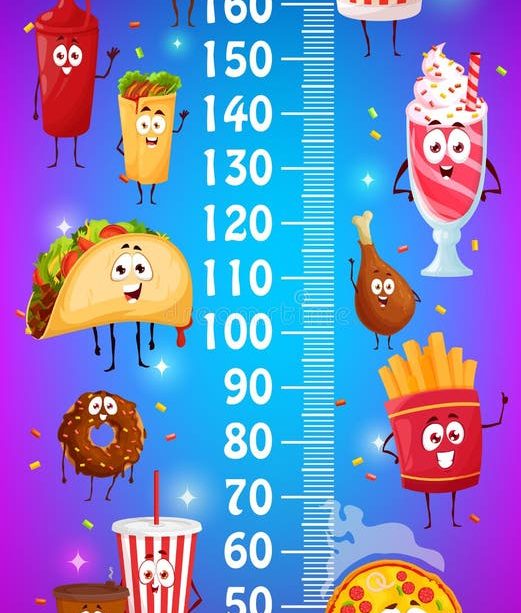The Impact of Fast Food on Contemporary Dining Culture

Introduction: The Relevance of Fast Food Today
Fast food has become an integral part of the dining landscape across the globe, shaping not only our eating habits but also influencing various facets of society and economy. With busy lifestyles and a quick-paced world, the convenience of fast food meets the demands of consumers looking for a quick meal solution.
Fast Food Industry: Current Trends and Statistics
The fast food industry is on an upward trajectory, valued at over £50 billion in the UK alone as of 2023. According to the British Takeaway Campaign, the sector has grown by more than 10% in the last five years, reflecting a significant shift in consumer preferences. The rise of digital ordering and delivery services, such as Uber Eats and Deliveroo, has further propelled this growth, making fast food even more accessible to the busy urban workforce.
Health vs. Convenience: The Ongoing Debate
However, the prevalence of fast food is not without its controversies. Health experts have raised concerns regarding the nutritional value of fast-food meals, which are often high in calories, sugars, and unhealthy fats. The British Heart Foundation has indicated that fast food consumption is a major contributing factor to rising obesity rates in the UK, particularly among children. In response to growing health concerns, many fast-food chains are introducing healthier options and more transparent nutritional information to cater to health-conscious consumers.
Environmental Impact: A Growing Concern
Beyond health implications, the fast-food industry has also faced scrutiny over its environmental impact. Issues surrounding excessive packaging waste and the carbon footprint of meat production have prompted some chains to implement measures to enhance sustainability. Initiatives include reducing single-use plastics and sourcing ingredients from environmentally responsible suppliers. McDonald’s UK, for example, announced plans to eliminate plastic straws by 2025, highlighting a shift toward more sustainable practices.
Conclusion: The Future of Fast Food
As the fast food industry continues to evolve, it remains a vital part of modern culture. The balance between convenience, health, and sustainability will dictate its trajectory moving forward. With increasing competition and changing consumer preferences, the industry may likely adapt further, prioritising healthier choices and more sustainable practices. For consumers, understanding these shifts in the fast-food landscape is essential, as they navigate their choices in an increasingly busy world.








